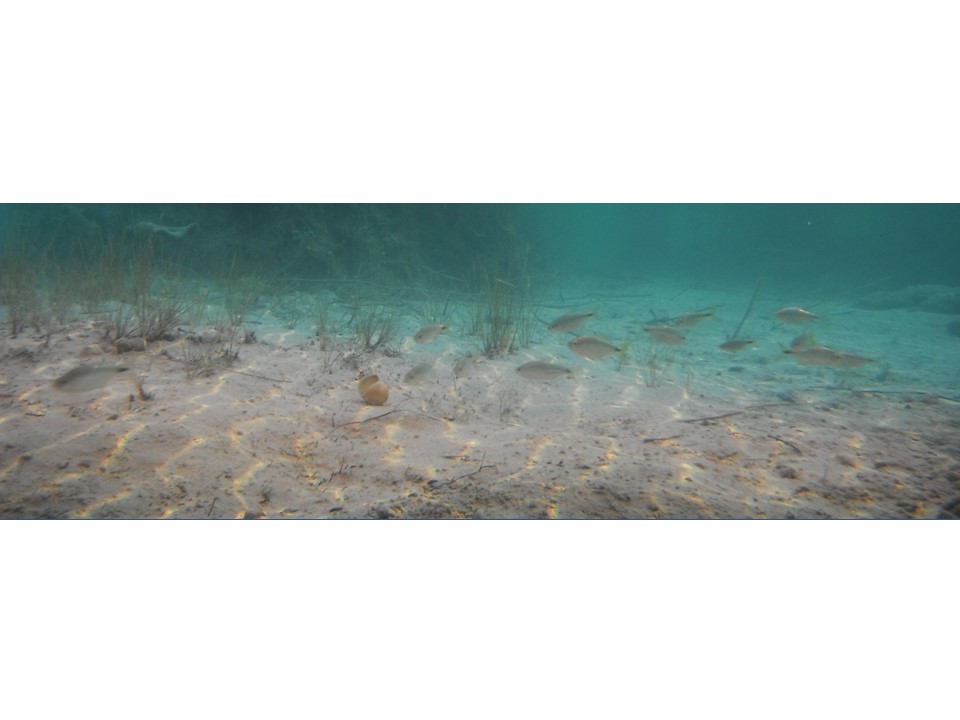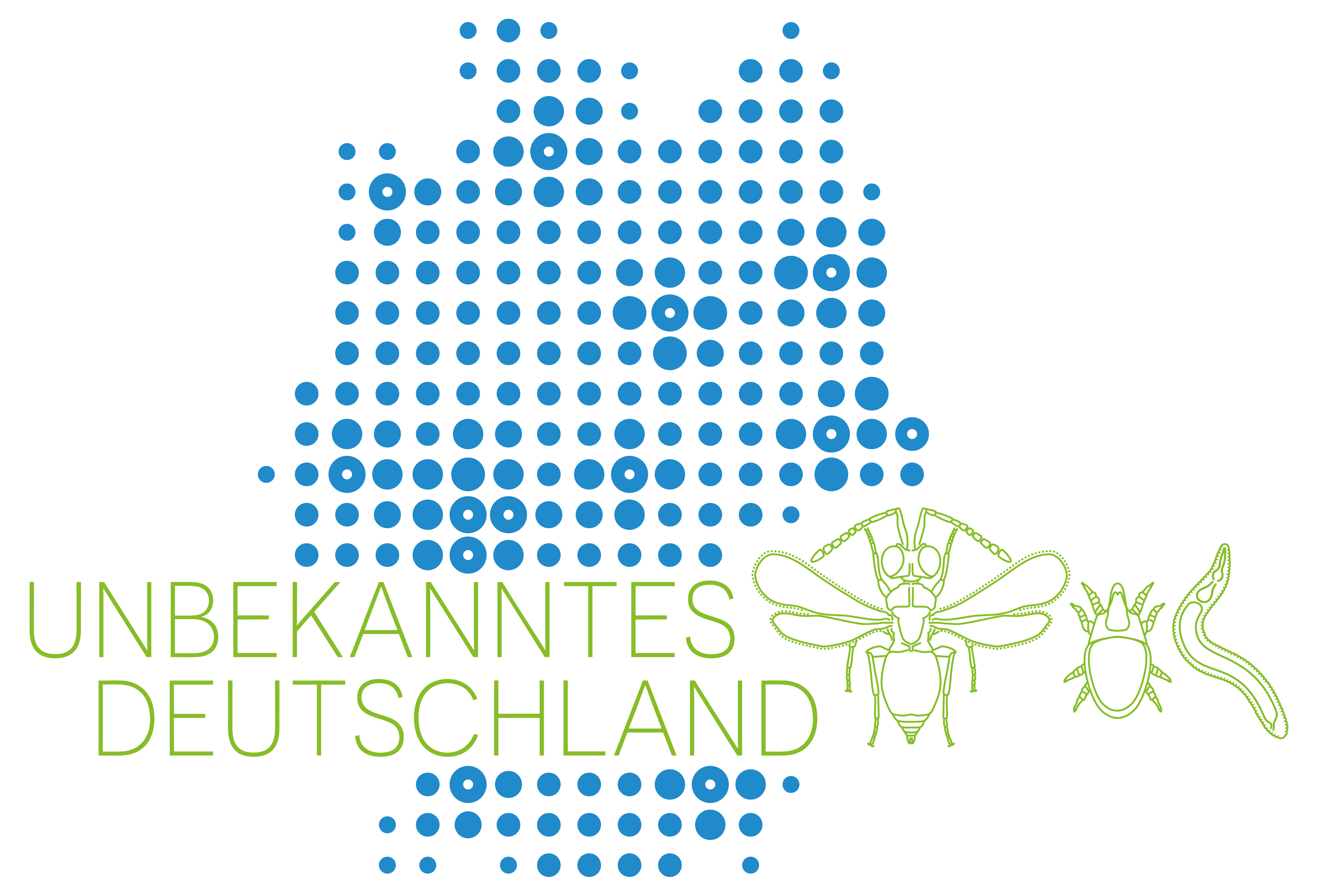Marine Sedimente

Marine Sedimente – ein wenig untersuchter Lebensraum
Verborgene Artenvielfalt auf dem Grund unserer Ozeane
Meeressedimente bedecken den größten Teil des Meeresbodens und reichen von Kies bis zu feinem Schlamm – ein komplexer Lebensraum, der einen der reichsten Artenpools der Ozeane und der Erde darstellt. Trotz ihrer globalen Bedeutung gehören die Meeressedimente zu den am wenigsten erforschten Lebensräumen. Dies liegt zum Teil an der Schwierigkeit der Probenahme, insbesondere in der Tiefsee, aber auch an der Komplexität der dort lebenden Gemeinschaften. Wirbellose Tiere stellen die größte Gruppe der mit den Meeressedimenten assoziierten Taxa dar, die in (Infauna) oder auf (Epifauna) den Sedimenten leben. Zu diesen Wirbellosen gehören größere Tiere (Megafauna) wie Seesterne, Muscheln und Krebse; die große Mehrheit der Arten wird jedoch von kleinen Organismen repräsentiert, die als Makrofauna (5 cm-1 mm: z. B. Polychaeten, Krebstiere, Mollusken, Nesseltiere) und Meiofauna (1 mm – 40 µm: z. B. Copepoden, Ostracoden, Nematoden, Plattwürmer) bekannt sind.
Obwohl die Vielfalt mariner Sedimente in bestimmten Gebieten bekannt ist, gibt es immer noch einige Orte auf der Erde – insbesondere die Tiefsee -, an denen fast alle Arten, die gefunden werden, neu für die Wissenschaft sind. Entsprechend sind Umfang und Bedeutung der biologischen Vielfalt in den Meeressedimenten für die Ökosystemprozesse noch immer nicht ausreichend untersucht. Dennoch wissen wir bereits, dass sich die Aktivität der marinen Sedimentfauna auf den globalen Kohlenstoff-, Stickstoff- und Schwefelkreislauf, den Transport, die Ablagerung und den Abbau von Schadstoffen, die Sekundärproduktion (inklusive kommerziell genutzter Arten) sowie den Transport von Sedimenten auswirkt. Somit spielen diesen Lebensgemeinschaften eine Schlüsselrolle für das Funktionieren der marinen Ökosysteme und erbringen vielfältige Ökosystemleistungen für den Menschen.








